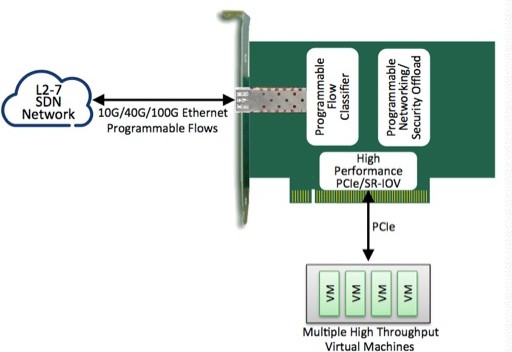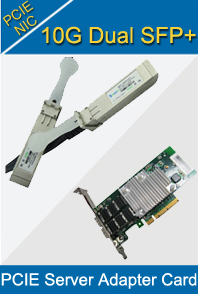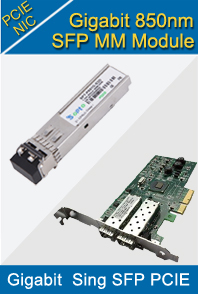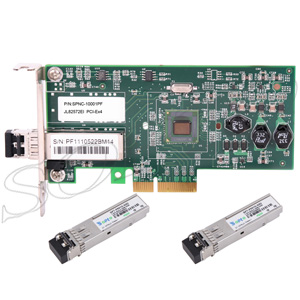-

- Sopto Home
-

- Special Topic
-

- PCI-E Card Knowledge
-

- Ethernet Standards NIC for Home Networking
PCI-E Card Knowledge
- Info about Network Interface Card Teaming
- How to Setup a Server with Multiple Network Interface Adapters?
- How to Reconnect an Internet Network Adapter for an Acer Aspire?
- 9 Things to Do When Your Internal Network Card Stops Working
- Ethernet Standards NIC for Home Networking
- What Is a Network Interface Adapter?
- How to Configure a Network Interface Card in Linux?
- How should Configure Your NIC for ISA and TMG?
- Recommended Network Card Configuration for Forefront UAG Servers
SOPTO Special Topic
Certificate



Guarantee
Except products belongs to Bargain Shop section, all products are warranted by SOPTO only to purchasers for resale or for use in business or original equipment manufacturer, against defects in workmanship or materials under normal use (consumables, normal tear and wear excluded) for one year after date of purchase from SOPTO, unless otherwise stated...
Return Policies
Defective products will be accepted for exchange, at our discretion, within 14 days from receipt. Buyer might be requested to return the defective products to SOPTO for verification or authorized service location, as SOPTO designated, shipping costs prepaid. .....
Applications

PCI-E NIC Cards provide redundant connectivity to ensure an uninterrupted network connection.
PCI-E NIC Cards are ideal for VM environments with multiple operating systems, requiring shared or dedicated NICs.
They are specially designed for desktop PC clients, servers, and workstations with few PCI Express slots available.
SOPTO Products
- Fiber Optic Transceiver Module
- High Speed Cable
- Fiber Optical Cable
- Fiber Optical Patch Cords
- Splitter CWDM DWDM
- PON Solution
- FTTH Box ODF Closure
- PCI-E Network Card
- Network Cables
- Fiber Optical Adapter
- Fiber Optical Attenuator
- Fiber Media Converter
- PDH Multiplexers
- Protocol Converter
- Digital Video Multiplexer
- Fiber Optical Tools
- Compatible
Related Products
Performance Feature
PCI-E Card Knowledge
Recommended


Ethernet Standards NIC for Home Networking
Ethernet is a networking standard that helps to ensure that all computer networking technologies from different vendors can work together on a network. The standard was developed in 1980 by the IEEE (Institute of Electrical and Electronics Engineers) and is officially known as the 802.3 standard.
Supported Ethernet standards are listed in the specifications and datasheets of various networking hardware and on the product packaging. Here’s what to look for and what it all means:
- 10BASE-T: Supports data rates up to 10 Mbps (megabits per second).
- 100BASE-TX: Supports data rates up to 100 Mbps.
- 1000BASE-T: Supports data rates up to 1000 Mbps (or 1 Gbps, gigabit per second).
If you think you’ve spotted a pattern here, you’re absolutely correct! The first number (10, 100, or 1000 in these examples) denotes the speed in Mbps. BASE indicates that the cable uses baseband signaling, in which a single signal is transmitted over a wire, as opposed to broadband signaling, in which many signals across a wide range of frequencies are transmitted over a channel (or wire). Finally, T or TX indicates that it uses twisted-pair cables.
Do not confuse megabytes (MB) and megabits (Mb). Megabytes describe the amount of disk storage or memory. Megabits are used to describe the speed of a network connection (including your Internet connection). While mega- means the same thing in both terms — that is, 1000 — a byte is equivalent to 8 bits. So a megabyte is 8 times larger than a megabit.
By the way, Sopto supplies high quality 1000M PCI Express Cards with reasonable price specifically for home networking. For the newest quotes, please contact a Sopto representative by calling 86-755-36946668, or by sending an email to info@sopto.com. For more info, please browse our website.




